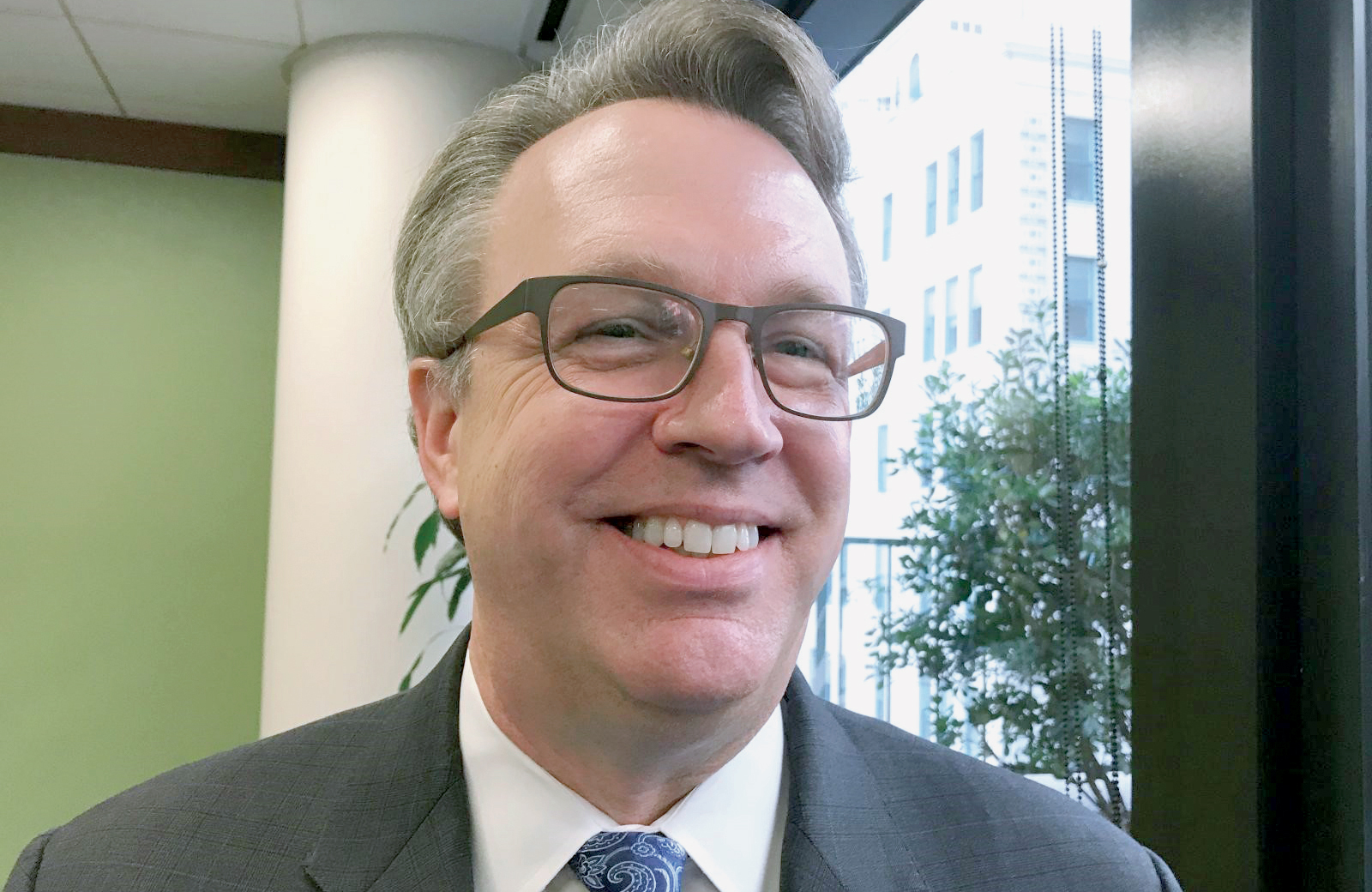

The Federal Reserve’s point-person on the theory of how high to raise interest rates said on Friday that estimating this “neutral” level is getting more difficult and less relevant as the US central bank continues tightening policy. “I continue to expect that further gradual increases in interest rates will best foster” growth and the economy’s “very strong” outlook through at least next year, New York Fed President John Williams told a forum of economists and students. As the Fed, which raised its policy rate above 2 per cent this week, continues to hike, “it makes sense to shift away from a focus on normalising the stance of monetary policy relative to some benchmark ‘neutral’ interest rate, often referred to as ‘r-star,’” he said.
The idea of an estimated neutral rate — which in a healthy economy neither boosts nor restrains investment and spending, and can move around over time — has at times dominated debate over how aggressively the Fed needed to tighten policy through the economic recovery from recession.
Williams was one of the authors of this theory. Yet on Friday he said that it has at times received “too much attention” — sentiment that echoes recent comments downplaying such monetary models by Fed Chair Jerome Powell.
“At some point in the future it will no longer be clear whether interest rates need to go up or down, and explicit forward guidance about the future path of policy will no longer be appropriate,” said Williams, who is among the most influential US central bankers.
As rates approach estimates of “neutral,” he added, “what appeared to be a bright point of light is really a fuzzy blur, reflecting the inherent uncertainty in measuring r-star.”
The Fed’s preferred inflation gauge is near a 2 per cent goal and US unemployment is low at 3.9 per cent. This dual-goal mandate is “about as good as it gets,” Williams said, predicting prices should only edge a bit above target while unemployment falls a bit below 3.5 per cent next year.
The Fed is meanwhile restricting credit as it trims its roughly $4 trillion in Treasury and mortgage bonds. Williams said the Fed has yet to decide how much to shrink the portfolio, which ran up from $900 billion before the 2007-09 financial crisis. — Reuters
Jonathan Spicer
Oman Observer is now on the WhatsApp channel. Click here



